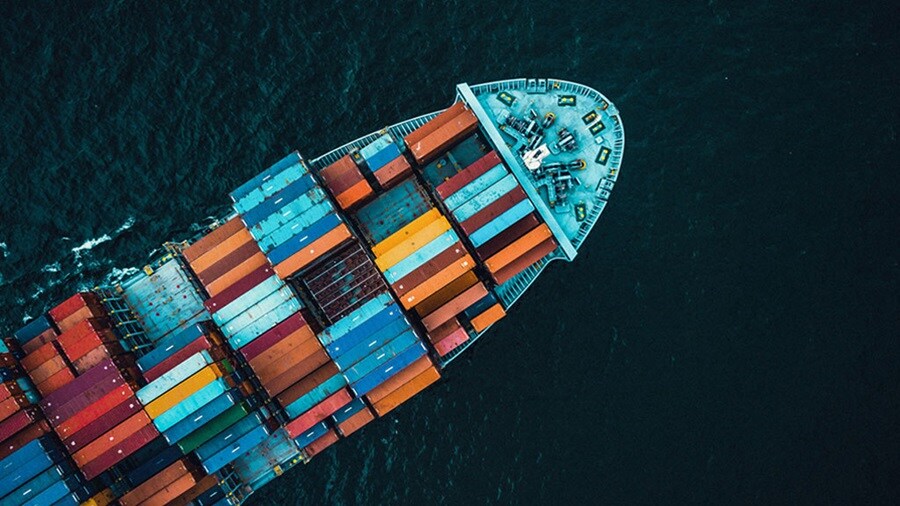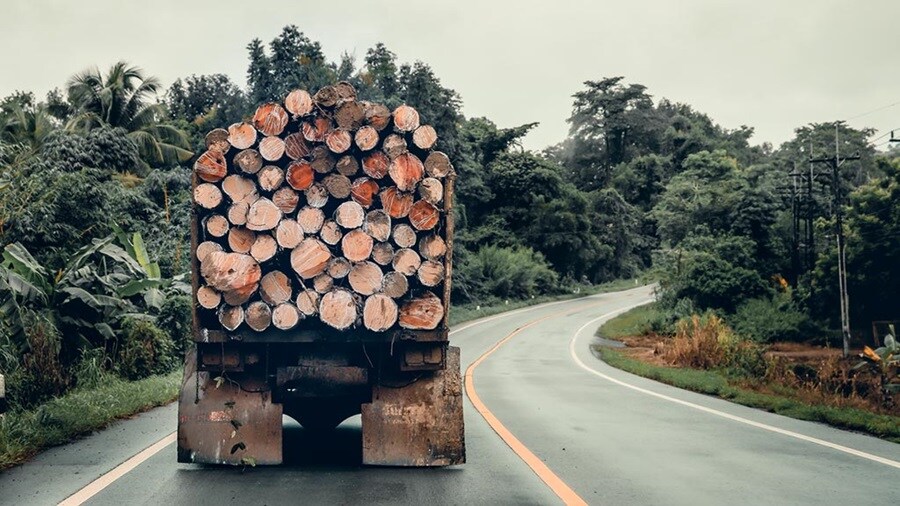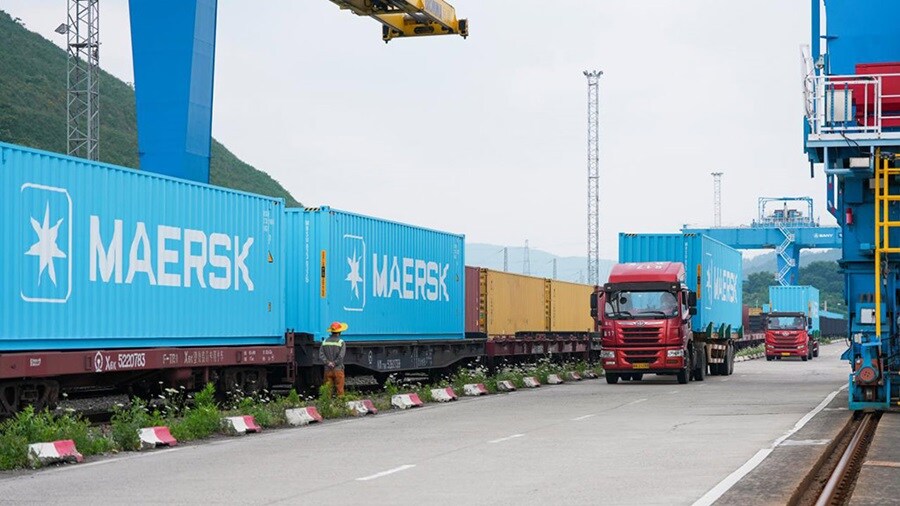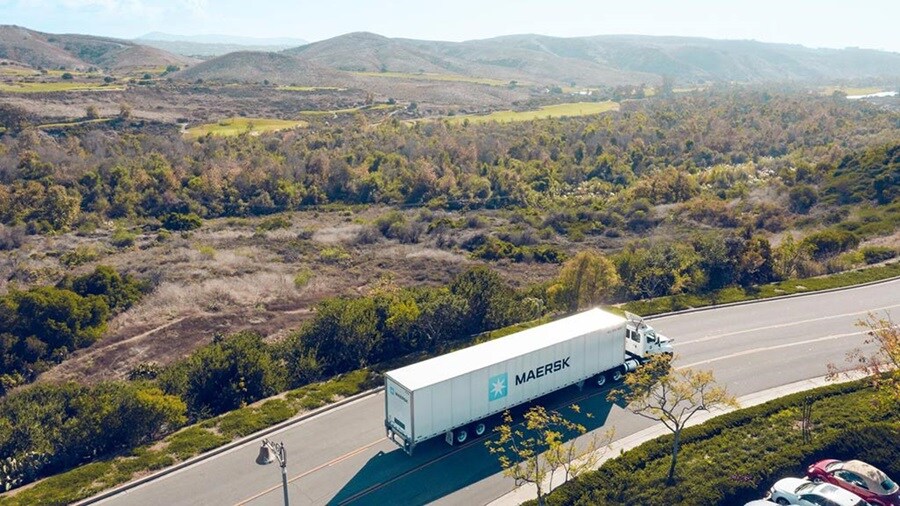Executive summary
- West Africa ports. Conakry waits are ~30 days, driven by high yard density, weekly dredging through end-September, and a brief election pause; Abidjan has stabilised—new STS cranes/RTGs, added tug capacity, and improved road access have reduced waits to 0–1 day for fixed-window vessels as the cocoa season ramps up.
- India inland. Rail momentum is building on EXIM corridors; our integrated ocean-rail programme has run 155 train trips with 5 trains and >10,000 EUs to date, with plans to scale to ~18 rakes by 2026 to improve schedule predictability and emissions versus road.
- Nepal. A short disruption 8–12 Sept paused India→Nepal road flows for safety while rail into ICD Birganj continued at reduced frequency; conditions have normalised since 13 Sept.
- Customs (U.S.). De minimis duty-free (≤USD 800) ended 29 Aug; Section 232 steel/aluminium tariffs remain elevated (up to 50%) with new probes into medical technology, robotics, and industrial machinery. Timber/lumber (10%) and kitchen cabinets/selected wooden furniture (25%) tariffs are scheduled from 14 Oct (cabinets rising to 50% on 1 Jan). A potential federal shutdown may slow partner-agency clearances even as CBP core processing continues. AGOA preferences lapsed on 30 Sept pending renewal.

Ocean Update
Conakry (Guinea). Waiting time for vessel calls has extended to around 30 days. The delay reflects high yard utilisation, weekly dredging windows through end-September (which remove roughly three operational days each week), and a short pause in operations on 20 September during national elections, with work resuming on 21 September.
To reduce impact, we are deploying smaller vessels to the Roll-on/ Roll-off berth where feasible and optimising the proforma schedule to improve call sequencing and reliability. For cargo with firm delivery dates, consider advancing gate-in, keeping documentation clean for berth windows, and using targeted ETA contingency only on must-arrive shipments.
Abidjan (Côte d’Ivoire). Operations have moved from disruption to recovery. Earlier in the year, intermittent power outages at the fully electric Côte d’Ivoire Terminal and road works on Boulevard de Vridi constrained productivity, lengthened truck turnarounds, and raised yard density; limited tug availability then added idle time between moves. Despite this, the port recorded 15% YoY throughput growth. Measures now in place include two new STS cranes (installed), nine additional RTGs (two already operational), expanded tug capacity from September with another unit due in January, and improving lands ide access as road works ease.
As a result, waiting time has fallen materially, and fixed berthing-window vessels are currently experiencing 0–1 day waits—timely as the cocoa season ramps up. Proceed with standard planning and apply targeted ETA contingency only where dates cannot slip.
Customs Update
Customs update — United States: what’s changing and how to plan
De minimis rule change (low-value entries)
U.S. entry rules for low-value shipments have shifted. Effective 29 August 2025, U.S. Customs and Border Protection began enforcing an Executive Order that ends de minimis duty-free treatment for shipments at or below USD 800. E-commerce parcels and small consignments now require full customs entry and duty assessment, with standard admissibility checks applied across origins. If your U.S. flows rely on postal or Delivered Duty Unpaid (DDU) models, expect added documentation and clearance steps in your process design.
Section 232 scope and new investigations
Tariff policy is also widening in scope. The U.S. raised Section 232 steel and aluminium tariffs to 50% earlier this year and directed agencies to add derivative products where appropriate, increasing the number of covered lines. In parallel, the Commerce Department opened Section 232 probes into medical technology, robotics, and industrial machinery, which—depending on findings—could introduce further duties on a broad set of medical and capital-goods components.

Product-specific measures (timber & furniture)
Additional product-specific measures are queued. The Administration has announced new tariffs on softwood timber and lumber (10%) and on kitchen cabinets/selected wooden furniture (25%), with implementation scheduled from 14 October 2025 and a step-up to 50% on cabinets from 1 January.If you source timber or finished wood products into the U.S., refresh landed-cost models and supplier terms ahead of the effective dates.
Outlook: processing speeds and partner agencies
Operationally, a potential U.S. federal government shutdown introduces near-term uncertainty around processing speeds.
CBP’s essential functions—including tariff collections and cargo processing—continue during a lapse in appropriations, but partner agencies that issue permits or conduct product-specific reviews may operate with reduced staffing. The practical effect can be slower clearance for goods requiring PGA actions (for example, Food and Drug Administration (FDA)/ Environmental Protection Agency (EPA) / U.S. Department of Agriculture (USDA) / Consumer Product Safety Commission (CPSC) touchpoints). Plan for modest lead-time buffers on regulated shipments until funding is resolved.
AGOA status and potential impact
For sub-Saharan Africa exporters, note that AGOA’s statutory authorisation lapsed on 30 September 2025. U.S. and African officials have indicated work toward a short-term extension, but until renewal is enacted, duty-free treatment is not in force and MFN rates may apply depending on product and country eligibility. Monitor U.S. Trade Representative (USTR) updates closely and align pricing and Incoterms to reflect the status.
What this means for your planning
Confirm HS classification and origin on your U.S. lines, model duties and fees under the new de minimis regime and validate whether your products intersect with Section 232 areas under review (steel/aluminium derivatives; medical/industrial probes). For timber and furniture, update quotes ahead of the 14 October effective date. If your goods require PGA actions, add a small lead-time contingency and keep documentation airtight during any funding lapse. Where AGOA applies, align contracts to reflect the present tariff status while watching for renewal or retroactive relief.
Get the latest tariff updates on the global tariffs page .
Inland update

India’s inland logistics continues to tilt toward rail as manufacturers seek steadier door-to-door timelines and exporters manage higher volumes. Exports reached USD 778bn in FY 2023/24, containerised rail has grown at roughly 7% CAGR since 2010, and policy targets a ~45% rail modal share by 2030 through PM Gati Shakti and the rollout of Gati Shakti Multimodal Cargo Terminals (GCTs). For shippers, the appeal is operational: scheduled departures, fewer hand-offs, and better asset utilisation translate into more predictable turnaround times (TATs) and a tighter spread between plan and actuals. Rail also supports sustainability goals, typically emitting significantly less CO₂ per container than long-haul road on comparable lanes.
We are scaling integrated ocean-rail solutions to match this demand. The programme has completed 155 train trips with 5 trains and 10,000 equipment units handled to date, with plans to grow to 18 rakes by 2026. For export-import corridors, vessel-wise train connections help protect sailing windows and reduce dwell, while block-train options give planners a firmer production-to-port cadence. Retail and lifestyle shippers are using rail to stabilise replenishment flows where predictability matters more than marginal door-to-door speed.
Maersk customers are encouraged to share their ICD origins/destinations and upcoming volume plans. This allows us to align vessel-wise trains, door cut-offs, and equipment positioning on priority corridors. Where carbon accounting is relevant, we can provide indicative CO₂ comparisons versus road for your most frequently used lanes.

South Asia operations — Nepal
In early September, Nepal experienced civil unrest and curfews that temporarily constrained logistics. From 8–12 September, local operations were restricted and India–Nepal road flows were paused for safety. Rail services to ICD Birganj continued with lower frequency. Since 13 September, conditions have gradually normalised, with teams coordinating closely with customers, vendors, and authorities to clear backlogs.
If your shipments are date-sensitive, add a short-term lead-time buffer and ensure permits and documentation remain current as normal operations resume.
All information in this update is based on publicly available sources.*
Useful links
- Maersk showcases innovations and technologies that are shaping the future of logistics at ‘Code Cargo 2025’ | Maersk
- Empower Supply Chains with Real-Time Insights | Maersk
- Exploring the top logistics trends in the pharma and healthcare industry 2025 | Maersk
More News and Insights from Maersk
Visit our Insights Hub where we share the latest trends in supply chain digitization, sustainability, growth, resilience, and integrated logistics.
Useful links
Check Maersk market updates from across other regions by clicking here.
Anything you need, we’re here to help
I agree to receive logistics related news and marketing updates by email, phone, messaging services (e.g. WhatsApp) and other digital platforms, including but not limited to social media (e.g., LinkedIn) from A. P. Moller-Maersk and its affiliated companies (see latest company overview). I understand that I can opt out of such Maersk communications at any time by clicking the unsubscribe link. To see how we use your personal data, please read our Privacy Notification.
By completing this form, you confirm that you agree to the use of your personal data by Maersk as described in our Privacy Notification.

